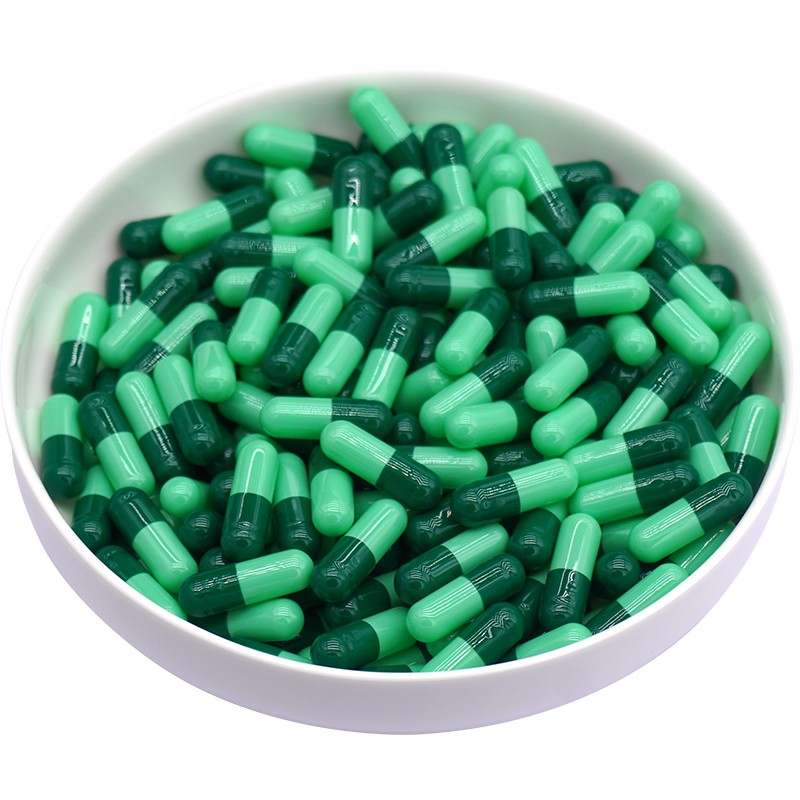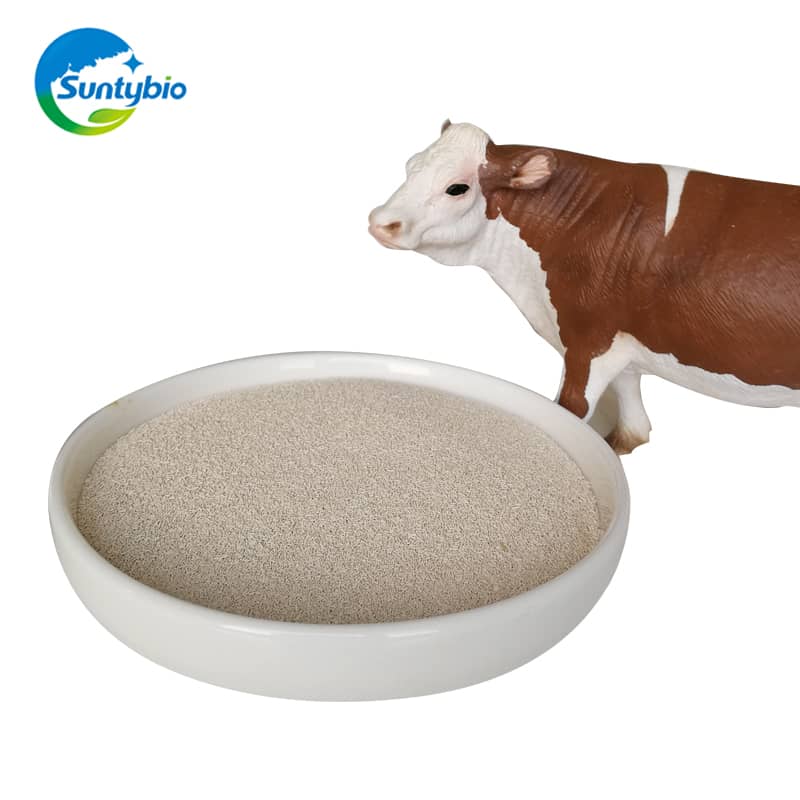The supply chain in the oil and gas industry is divided into three major segments – Upstream, midstream, and downstream. From the various activities conducted, drilling is a significant activity. Drilling activities are efficiently carried out using drilling rigs. A Drilling Rig is an equipment used to create holes or wells in the earth’s surface.
Drilling rigs are selected based on the requirements of the drill site. Rigs are generally categorized as onshore(land) and offshore(marine). You must know this topic in detail as it is an integral part of the oil and gas training courses online.
Onshore drilling rigs are structures made up of prefabricated sections that can be displaced onto the location by truck, barge, helicopter, etc.
Here, we will discuss the offshore drilling rigs used for the extraction of oil. This is a crucial topic in oil and gas courses for mechanical engineers.
Type of Drilling rigs – Offshore
Offshore drilling rigs are divided into two types- Fixed and Floating structure types.
Now, let’s discuss them one by one.
Jack up rig
A jack-up rig is a type of mobile platform and is used for shallow and smaller offshore deposits. The rig’s floating platform is towed into position using flatboats or barges; then, eventually, its support legs are lowered down to the seafloor, thereby raising the rig above the water’s surface.
Barge Rig
They are floating offshore drilling vessels, and the drilling equipment is on the barge. It is generally drawn to the location and then has its hull filled with water. This type of rig is only used where the area is swampy and shallow. This type of rig is used for drilling where the water depth is less than 12ft.
Submersible rig
This is another offshore floating drilling unit that has columns and pontoons. Once on the desired location, this structure is slowly flooded until it rests on the seafloor. This flooding will lead to the submergence of the pontoons to a predetermined depth. Once the well is drilled thoroughly, the water is pumped out of the buoyancy tanks, and the vessel is refloated and towed to the following location.
Semi-Submersible Rig
They are the most common type of offshore drilling rigs for sale that offer dual advantage of submersible rigs and the ability to drill in deep water. The semi-submersible rig does not rest on the seafloor. This rig has the structure of a floating deck supported by submerged pontoons. This rig is stabilized using a series of anchors and mooring lines and position-keeping propellers in a few cases. Their water-depth operating range is 20ft to 2000ft.
Drillships
Drillships are mainly utilized for extremely deep water (up to 12000 ft) drilling at remote locations. Drillships must maintain their position at the drilling position. This is facilitated by anchors and mooring lines or by computer-controlled dynamic positioning equipment.
Drillships offer better and higher storage capacity than other rigs and allow efficient operation at remote locations.
This is all about the type of drilling rigs used in offshore drilling. To know more about other interesting topics in the online course for piping engineering, contact us.









